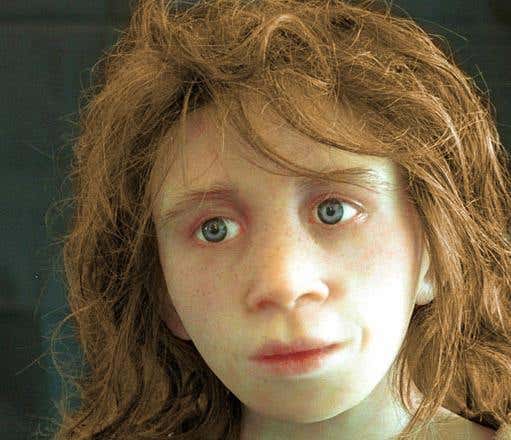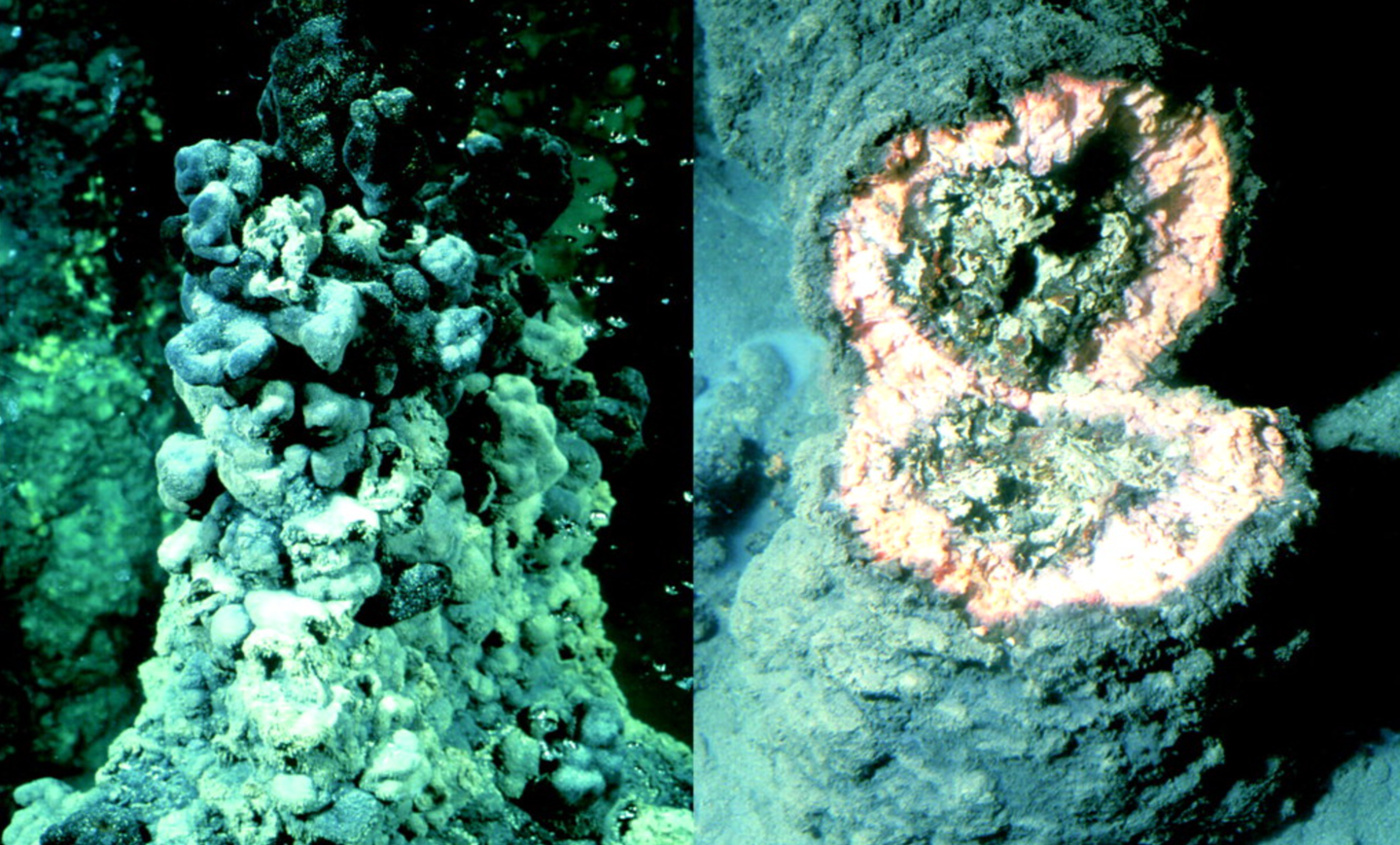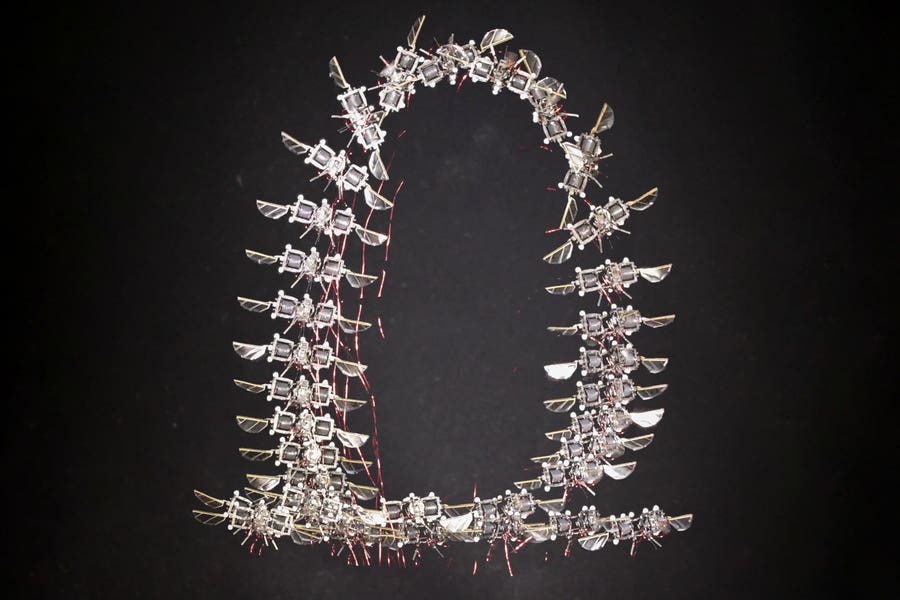Breakthrough discovery links Neanderthal DNA and autism
New research links inherited Neanderthal DNA to increased autism susceptibility, revealing insights into ancient human genetics.

New research shows specific Neanderthal-derived genes inherited by modern humans may increase susceptibility to autism. (CREDIT: CC BY-SA 4.0)
When modern humans first migrated out of Africa about 60,000 years ago, they crossed paths with Neanderthals. Over thousands of years, interbreeding between these two groups led to genetic exchanges that continue influencing modern human biology today. Recently, scientists discovered that some of these inherited Neanderthal genes might increase susceptibility to autism spectrum disorder (ASD).
New research from Clemson University and Loyola University New Orleans offers compelling evidence that Neanderthal DNA plays a surprising role in shaping brain function linked to autism. The findings highlight how small but influential genetic variants persistently affect human health thousands of years after their introduction.
The Neanderthal Connection
Every person alive today carries traces of Neanderthal DNA, typically around 2% of their genome. This genetic legacy comes from interbreeding events between Homo sapiens and Neanderthals between 47,000 and 65,000 years ago. Some descendants even carried these genes back into Africa around 20,000 years ago, ensuring widespread distribution of Neanderthal traits.
While many of these ancient genes disappeared due to negative effects, others remained beneficial, enhancing human adaptability. Researchers previously linked these genes to improved immune response, metabolism, and adaptation to high altitudes. Yet, certain variants might quietly affect brain structure and function.
Genetic Clues to Autism
Scientists compared genetic data from autistic individuals, their non-autistic siblings, and unrelated control groups using databases from Simons Foundation Powering Autism Research (SPARK), Genotype-Tissue Expression (GTEx), and 1000 Genomes (1000G). They discovered that specific Neanderthal-derived variants occurred more frequently in autistic individuals across diverse ethnic groups.
Professor Alex Feltus from Clemson's Department of Genetics and Biochemistry explains, “This is the first evidence that I am aware of actually showing that Neanderthal DNA is associated with autism.” The team identified 25 genetic markers tied directly to brain development that appeared significantly more often in autistic participants.
Related Stories
- Humans and Neanderthals are far more connected than once thought
- Neanderthal 'Fat Factory' reveals food processing as far back as 125,000 years ago
- Landmark study links gut bacteria to autism spectrum disorder
However, Feltus emphasizes caution in interpreting the findings. He states, “The hypothesis is not, ‘Did Neanderthals give us autism?’ It's that Neanderthals gave us some of the gene tweaks that give a higher susceptibility for autism.” Autism itself is complex, involving interactions between numerous genetic and environmental factors. These Neanderthal-derived markers represent just a small part of the overall genetic landscape influencing autism.
Visual Processing and Brain Connectivity
A particularly striking discovery involved how these Neanderthal-derived genes influence brain connectivity, especially within visual-processing networks. People with higher concentrations of these variants often show increased connectivity in brain regions handling visual perception and reduced activity within the default mode network, associated with social interaction and idle thought.
These connectivity patterns strongly resemble those observed in autistic individuals, who frequently display heightened visual perception alongside social interaction difficulties.
For example, research published by Keehn et al. showed autistic children performing exceptionally well in visual search tasks due to enhanced occipital and frontal lobe connectivity. Likewise, autistic children often activate visual areas more intensely when solving mathematical problems compared to non-autistic peers.
This overlap between ancient genes and modern cognitive traits suggests Neanderthal DNA contributes uniquely to how some individuals process visual and spatial information.
Ancestral Skills, Modern Traits
Interestingly, these genetic traits align closely with Neanderthal behaviors. Archaeologists studying Neanderthal stone tool-making note that their Levallois technique required sophisticated planning, spatial reasoning, and intense focus—skills shared by many autistic individuals today. These traits may have provided survival advantages, helping early humans and Neanderthals spot resources, hunt effectively, and navigate challenging environments.
The research implies that what society now views as autism-related traits may have historically provided essential advantages, allowing these ancient genetic markers to persist through generations.
Not a Simple Genetic Story
Despite these discoveries, genetics alone do not determine autism. Feltus clarifies, "Autism is a complex trait controlled by many genes. Of the 60,000 genes in the human genome, how many genes are at play when you're developing autism or cancer or any other complex trait? We embrace complexity.”
The researchers also point out that many individuals carrying these Neanderthal-derived variants do not develop autism. Instead, these genes may slightly shift brain development toward traits commonly associated with autism, particularly under certain environmental or genetic conditions.
Future Research and Clinical Impact
The study marks just the beginning of exploring ancient DNA's role in modern neurodevelopmental disorders. Feltus and his colleagues anticipate their findings will prompt further research into how ancient hybridization events continue to shape modern human health and cognitive diversity. They hope to refine diagnostic methods, potentially identifying autism earlier by examining genetic markers inherited from Neanderthals.
Ultimately, this work reshapes how society views autism. Instead of a modern anomaly, autism spectrum traits might reflect humanity’s complex genetic heritage. Understanding these ancient influences helps illuminate why autism appears globally, independent of culture or geography.
In closing, Feltus underscores the broader perspective, stating, “We hope this research will lead to further investigation into the ongoing influences of ancient hybridization between Homo sapiens and Neanderthals in brain development, human intelligence, and overall human health.”
This innovative study provides a glimpse into humanity's evolutionary past, revealing unexpected genetic influences on present-day health and cognition. While Neanderthals vanished thousands of years ago, their genetic legacy continues shaping modern human life in subtle yet significant ways.
Research findings are available online in the journal Nature: Molecular Psychiatry.
Note: The article above provided above by The Brighter Side of News.
Like these kind of feel good stories? Get The Brighter Side of News' newsletter.



